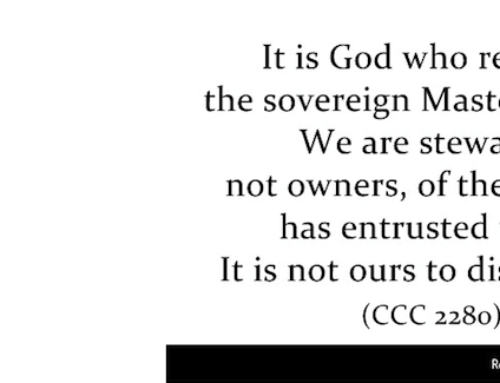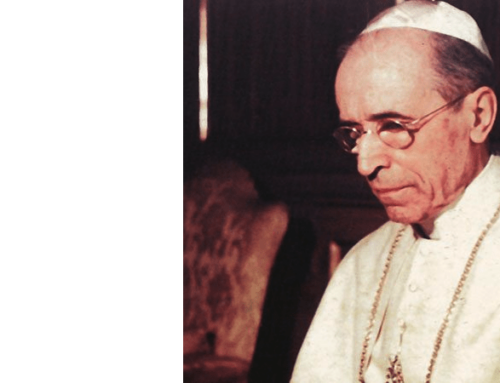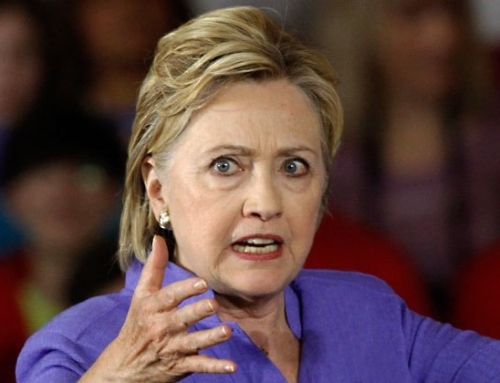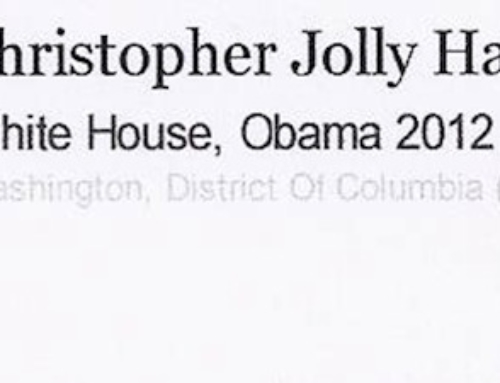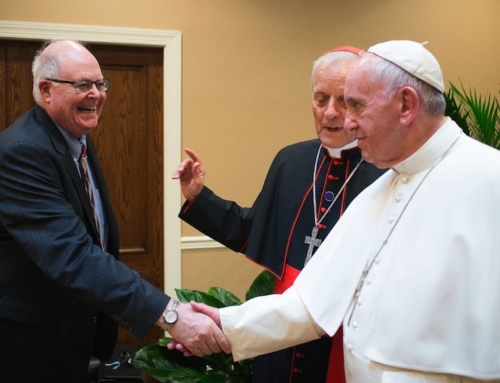by James Hitchcock
(Catalyst 6/2004)
Perhaps the most revolutionary changes on the Supreme Court began in the 1930’s. That is when President Franklin D. Roosevelt began to choose justices inclined to approach the Constitution in a “broad” and “flexible” spirit. Some of his appointees were crudely anti-Catholic.
Hugo L. Black (1937-71) was a lapsed Baptist who, like many ex-fundamentalists, retained anti-Catholicism as the sole legacy of his one-time faith. He had once belonged to the Ku Klux Klan, and although he later repudiated the Klan’s racism, he never condemned its anti-Catholicism. Indeed, his son said that the one thing Black had in common with the Klan was his suspicion of the Catholic Church. This explains why Black considered Governor Alfred E. Smith of New York unqualified for the Presidency in 1928 because of his Catholicism.
As a lawyer in Alabama, Black successfully defended a Methodist minister who shot and killed a Catholic priest in front of witnesses. Why? Because the priest had officiated at the marriage of the minister’s daughter to a Puerto Rican. Black fought the case with unusual aggressiveness, making anti-Catholic comments in the process.
Black, a Mason, was offended by the fact that the Catholic Church condemned Masonry; by contrast, he characterized its adherents as “free-thinkers.” In effect he did not think Catholic schools had the right to exist, and even warned against the “powerful sectarian propagandists” [Catholics] who were “looking towards complete domination and supremacy of their particular brand of religion.”
William O. Douglas (1939-75) was the son of a Presbyterian minister but grew up with the belief that church-going people were “not only a thieving lot, but hypocrites, and above all else dull, pious and boring.” He claimed to have abandoned belief in heaven and hell because he could not stand the prospect of spending eternity with people like Cardinal Francis J. Spellman of New York.
Although Douglas professedly believed in the strictest separation of church and state, in fact he used his judicial authority to promote his own opinions. He thought religion was used to control people, and, when bishops in Puerto Rico criticized a candidate for governor, Douglas denounced their action as a clear violation of the Constitution. But in 1967, when Father Charles Curran of the Catholic University of America publicly rejected the Church’s teaching on birth control, Douglas wrote to congratulate him “in the name of the First Amendment community.”
One of Douglas’ problems with the Catholic schools was his own version of political correctness—Catholic history texts would not deal properly with the Crusades, the Spanish conquest of Mexico, or the Franco government in Spain. As he put it, “I can imagine what a religious zealot, as contrasted to a civil libertarian, can do with the Reformation or with the Inquisition.” He once warned Black that “I think if Catholics get public money to finance their schools, we better insist on getting some good prayers in public schools or we Protestants are out of business.”
After 1894 there was always at least one Catholic on the Court, and Roosevelt honored the tradition by appointing Francis P. Murphy (1940-49). Perhaps without knowing it, Murphy had been made to pass a religious test. He was recommended to Roosevelt by the latter’s brother-in-law. The president was informed that Murphy was a Catholic “who will not let religion stand in his way”; the future justice himself assured a Roosevelt advisor that he kept religion and politics “in air-tight compartments.”
Some of Murphy’s brethren on the Court continued to hold him to a religious test, and to some extent he internalized that test. Felix Frankfurter (1939-62) said of him, condescendingly, “When I think of the many Catholics that have taken the life of dissenters, I’m not surprised that F.M. wants the undivided glory of being a dissenter.” Privately, Murphy admitted that “It comforts me that with eight hundred years of Catholic background I can speak in defense of a people opposed to my own faith.”
Frankfurter pressed Murphy to support liberal separationism with tactics little short of moral blackmail. He played on Murphy’s evident craving for approval from people who did not respect his faith. For instance, Frankfurter would appeal to Murphy to make decisions “for the sake of history, for the sake of your inner peace,” exhorting him to rise above “temporary fame.”
Following Murphy’s death in 1949, a fellow Catholic, Attorney General J. Howard McGrath, eulogized him as “a devout Roman Catholic who disregarded personal preferences which we all know were very dear to him in favor of what his conscience told him to be his duty as justice of this Court.” Thus was the moral law reduced to a “personal preference,” and “conscience” enlisted to serve the needs of political expediency (an early formulation of what would become the Kennedy Doctrine).
Robert H. Jackson (194l-53), a nominal Episcopalian, once made an extraordinarily blunt admission from the bench: “Our public school, if not a product of Protestantism, at least is more consistent with it than with the Catholic culture and scheme of values.” Just as offensive was the thinking of Justice Wiley Rutledge (1943-49), the lapsed son of a fundamentalist Baptist minister: he once circulated a warning to his brethren that the Catholic Church was planning “a raid on the treasury.”
When Murphy retired in 1949, President Harry S. Truman declined to accept the claim of a “Catholic seat” on the Court; the period 1949-56 was the only time since l894 that no Catholic served there. But in 1956 President Dwight D. Eisenhower was persuaded that a Catholic should be appointed, and a search produced the name of William J. Brennan (1956-90), a justice of the New Jersey Supreme Court.
Cardinal Spellman was consulted and confirmed that Brennan was a practicing Catholic. But an acquaintance said of Brennan, “Those who knew him realized that, although he was a decent person and God-fearing, he was not a zealously religious man. He was Catholic with a small ‘c.'” Eisenhower’s wish to please Catholics by naming one of their own to the Court led, ironically, to the appointment of a man who would use his power to undermine Catholic interests at every point.
Brennan was the strictest of separationists, and his position seems to have been motivated in part by his liberal religious outlook. For example, he once assured his brethren that “If public funds are not given, parochial schools will not perish.” He also objected to state-supported remedial-education programs in Catholic schools on the grounds that “they serve the principal purpose of integrating the child, both socially and educationally, into the parochial school. Such services foster in the child a profound dependence on the religious school….” Brennan believed that the public schools were a uniquely unifying force, because they were based on “democratic values,” while private schools were not.
Of other Eisenhower appointees, Potter Stewart (1958-8l), an Episcopalian, appears to have been somewhat anti-Catholic: he consistently voted to accommodate religious practices in the public schools, but equally consistently opposed public aid to Catholic schools. When the Court upheld grants to religiously affiliated colleges, Stewart curiously objected that theology was not an academic subject.
Several Republican presidents proclaimed an intention to reverse the Supreme Court’s liberalism, but with only indifferent results. Thus President Gerald R. Ford appointed John Paul Stevens (1975- ), a justice who is apparently without formal religious affiliation. Stevens sees opposition to abortion as essentially religious, so that there can be no legal restrictions on the practice. He has also questioned whether private religious education is good for the nation.
President Ronald Reagan appointed Antonin Scalia (1986- ) and Anthony Kennedy (1988- ). Scalia has also been a severe critic of the modern Court’s approach to constitutional issues. In a public address in 2002, he disagreed with Catholics, including Pope John Paul II, who oppose capital punishment, and asserted that judges who do not support the death penalty should resign from the bench. Kennedy tends to occupy the ideological middle, but in the Romer case (1996) he issued an opinion of far-reaching implications when he proclaimed a constitutional “right of self-definition” in connection with homosexuality.
In 1990, President George H. Bush appointed Clarence Thomas, a black Episcopalian who had been raised a Catholic and who in 1996 announced that he had returned to the Church. In a case in 2000, he bluntly traced the separationist position to historic anti-Catholicism and called it “a shameful pedigree.”
Indicative of changing political alliances, the Republican ascendancy in the White House in 1988 produced, for the first time in history, three Catholics sitting on the Court simultaneously—Brennan, Scalia, and Kennedy (with Thomas later replacing Brennan in a Catholic triumvirate). Through much of its history the Court was an entirely Protestant body, so this is surely a dramatic change.
Looking back at the evolution of the high court, it is clear that Catholics were unable, or unwilling, to bring pressure to bear on the Democratic Party to select better justices. Not only were anti-Catholics put on the bench, justices like Murphy were continuously made to justify their faith to those who did not respect it. Moreover, there was no protest against Truman’s refusal to name a Catholic to the Court, and, when a Republican president gave Catholics an opportunity in 1956, the Church’s leadership could not identify a truly Catholic candidate. Largely because of Catholic political naiveté and loyalty to the Democratic Party, the Court after 1947 could steadily exclude religion from public life.
Catholics and other religious believers have at last awakened to its reality of judicial activism, but whether almost a half-century of aggressively secularist constitutional interpretation can now be overcome is entirely dependent on future appointments to a Court poised between two irreconcilable views of the nation’s founding document.
James Hitchcock is a professor of history at St. Louis University. This article is adapted from a longer version that appeared in the April edition of Catholic World Report. It is reprinted here with permission from the author.


